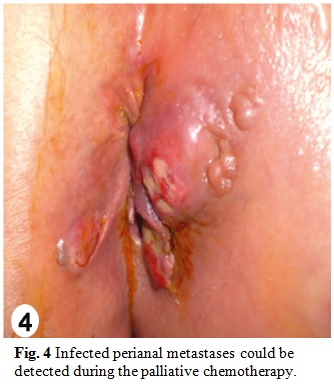
Key Points Anal sacs are glands that produce territorial marking secretions which are expelled in small quantities with each bowel movement Anal sac adenocarcinomas

Both male and female rabbits can develop many forms of cancer, and any organ can be a primary site – or a secondary site as a result of metastasis.
Epidermal and Hair Follicle Tumors. By Alice E. Villalobos, DVM, DPNAP, Director;Director, Oncology Consultation Service;Pawspice
Tumors of the small bowel are rare but they either fall into the category of malignant or benign. Usually single, but may be multiple depending on the syndrome.
The signs of anal sac tumors can be variable: an external swelling in the perianal region (Figure 1) a mass may be felt during a routine rectal examination

While anal gland/sac cancer (adenocarcinoma) is not common, it is an invasive disease that does not generally have a positive outlook. Usually seen as a rectal growth



Apocrine Gland Tumors. Description– Apocrine glands are the major type of sweat glands in s. These lesions are quite common. Golden Retrievers, Collies, German

Carcinoid tumors — Comprehensive overview covers symptoms, diagnosis, treatment of these rare, slow-growing cancerous tumors.
Lymphatic Metastases from Pelvic Tumors: Anatomic Classification, Characterization, and Staging
Jun 21, 2016 · At least 50% of the Western population will develop a colorectal tumor by age 70 years. In 10% of these individuals, the tumor progresses to malignancy.